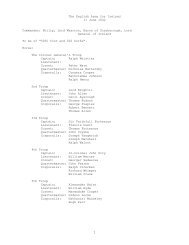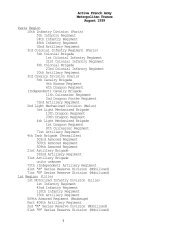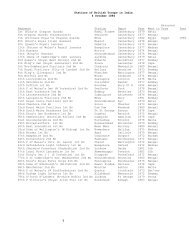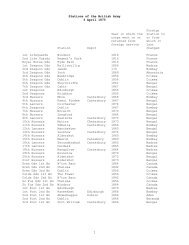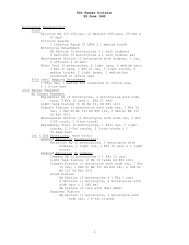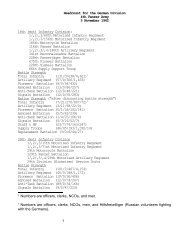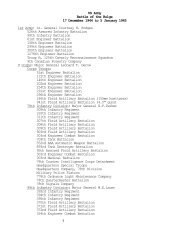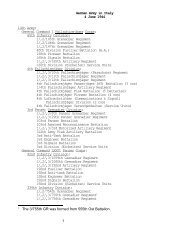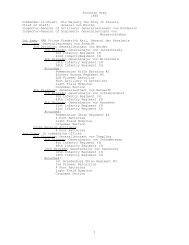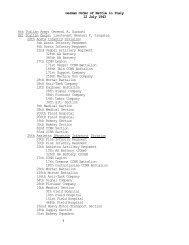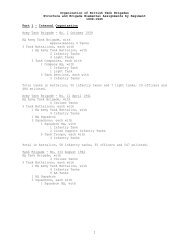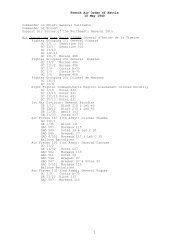Company Officer's Handbook Of The German Army - Command and ...
Company Officer's Handbook Of The German Army - Command and ...
Company Officer's Handbook Of The German Army - Command and ...
You also want an ePaper? Increase the reach of your titles
YUMPU automatically turns print PDFs into web optimized ePapers that Google loves.
20 COMPANY OFFICER'S HANDBOOK<br />
artillery observation posts to operate as long as possible, <strong>and</strong> to<br />
prevent enemy reconnaissance of the battle position.<br />
<strong>The</strong> forces occupying the covering position usually are reconnaissance<br />
detachments, including machine-gun units. <strong>The</strong>ir vehicles<br />
include armored cars <strong>and</strong> assault guns. <strong>The</strong>se forces receive support<br />
from artillery <strong>and</strong> antitank guns. <strong>The</strong>ir mission is to occupy important<br />
features, such as railways, crossroads, river crossings, <strong>and</strong><br />
elevations; to carry out demolitions <strong>and</strong> patrolling; <strong>and</strong> to bring in<br />
early information concerning the direction of an enemy attack.<br />
b. Outpost Position<br />
Outposts (Vorposten) are normally established 2,000 to 5,000<br />
yards forward of the main defensive position, depending on the<br />
nature of the terrain, <strong>and</strong> they are occupied by troops ranging in<br />
strength from platoons to companies. <strong>The</strong> purpose of the outpost<br />
position, according to <strong>German</strong> doctrine, is to gain time for the<br />
troops occupying the main defensive position, thus enabling them<br />
to determine the direction of the enemy's main attack <strong>and</strong> to prepare<br />
to meet it. Like the covering position, the line of outposts also<br />
has the mission of compelling the enemy to deploy <strong>and</strong> to prevent<br />
him from making grounid reconnaissance of the main defensive position<br />
<strong>and</strong> of the terrain immediately in front of it.<br />
<strong>The</strong> outpost position is supported by the fire of close-support<br />
weapons (mortars, infantry guns, <strong>and</strong> machine guns). Antitank<br />
guns may be emplaced in the position for the purpose of repelling<br />
armored reconnaissance units. <strong>The</strong> troops occupying the outposts<br />
will fight stubbornly to protect forward observation outposts until<br />
they are ordered to withdraw. <strong>The</strong> outposts may be withdrawn at<br />
a specified time, or when the enemy appears to be developing a<br />
major attack. <strong>The</strong> withdrawal is carefully planned in order to avoid<br />
masking the fire of the main position. Once the outposts are ab<strong>and</strong>oned,<br />
they are likely to be covered by the carefully registered fire<br />
of infantry support weapons in order to prevent their occupation<br />
by the enemy.



